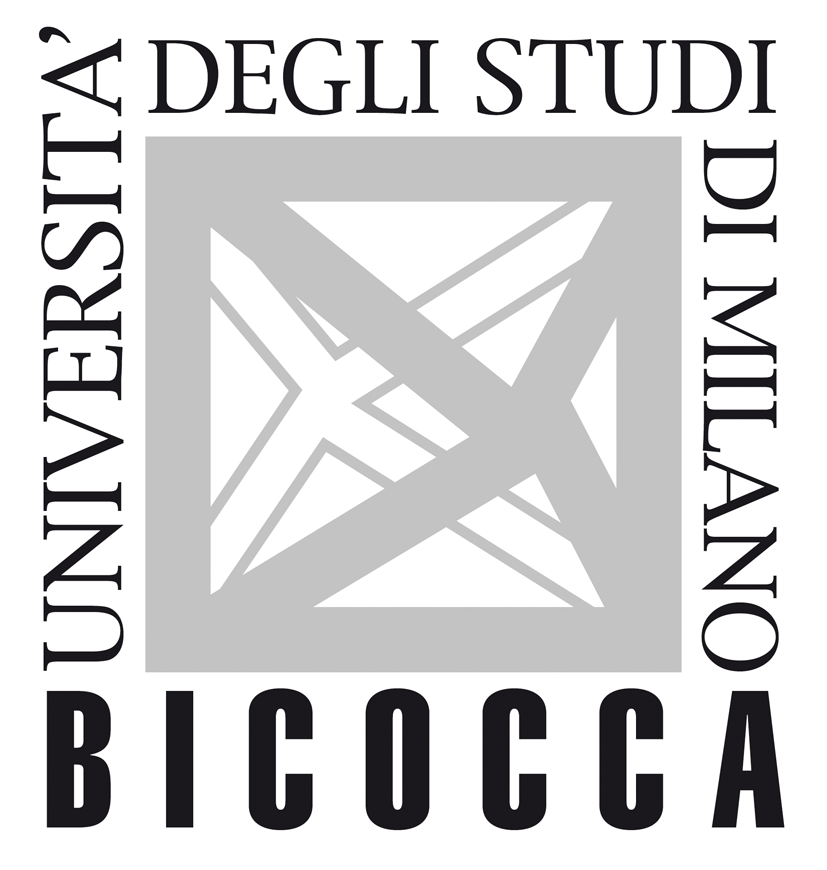School of Earth and Environmental Sciences (SEES), University of Portsmouth, UK
University SEES web address http://www.port.ac.uk/school-of-earth-and-environmental-sciences/
Centre for Applied Geoscience: http://www.port.ac.uk/school-of-earth-and-environmental-sciences/research/centre-for-applied-geoscience/
The proposed project aligns with the strong research ethos within SEES, as well as coinciding with the applied research emphasis of the Centre for Applied Geoscience (CAG), a grouping within SEES. CAG is the only such centre in the UK, one of only two in Europe, and comprises the largest team of applied geoscientists in UK academia. SEES has a published research strategy to promote existing internal centres of research excellence, such as CAG, as well as international research collaboration. In the past five years this strategy has brought about an increase in post-doctoral researchers from 5 to 11, an increase to > £3M in external research income, and an increase to 41 in the number of PhD students. More than 70% of submitted publications have overseas co-authors. Academic staff number 24, with 13 support staff. The School has a newly commissioned XRF, laser ablation ICP-MS, full mineral separation and rock crushing facilities, SEM-EDX, XRD and AAS. Significant recent financial investment relevant to the proposal includes £425k for a state-of-the-art rock mechanics laboratory. All staff and facilities are housed within a single building, creating a dynamic and stimulating academic environment. The University itself http://www.port.ac.uk/ has been awarded the European Commission Human Resources Excellence in Research Award, and has again been ranked within the top 400 universities worldwide by the Times Educational Supplement, which also identified UoP as the leading modern university in the UK. CAG has a strong commitment to geological hazard research, and we have several scientists with a high skill on landslide, tsunami, structural and paleoseismology studies, among other.
staff. The School has a newly commissioned XRF, laser ablation ICP-MS, full mineral separation and rock crushing facilities, SEM-EDX, XRD and AAS. Significant recent financial investment relevant to the proposal includes £425k for a state-of-the-art rock mechanics laboratory. All staff and facilities are housed within a single building, creating a dynamic and stimulating academic environment. The University itself http://www.port.ac.uk/ has been awarded the European Commission Human Resources Excellence in Research Award, and has again been ranked within the top 400 universities worldwide by the Times Educational Supplement, which also identified UoP as the leading modern university in the UK. CAG has a strong commitment to geological hazard research, and we have several scientists with a high skill on landslide, tsunami, structural and paleoseismology studies, among other.

